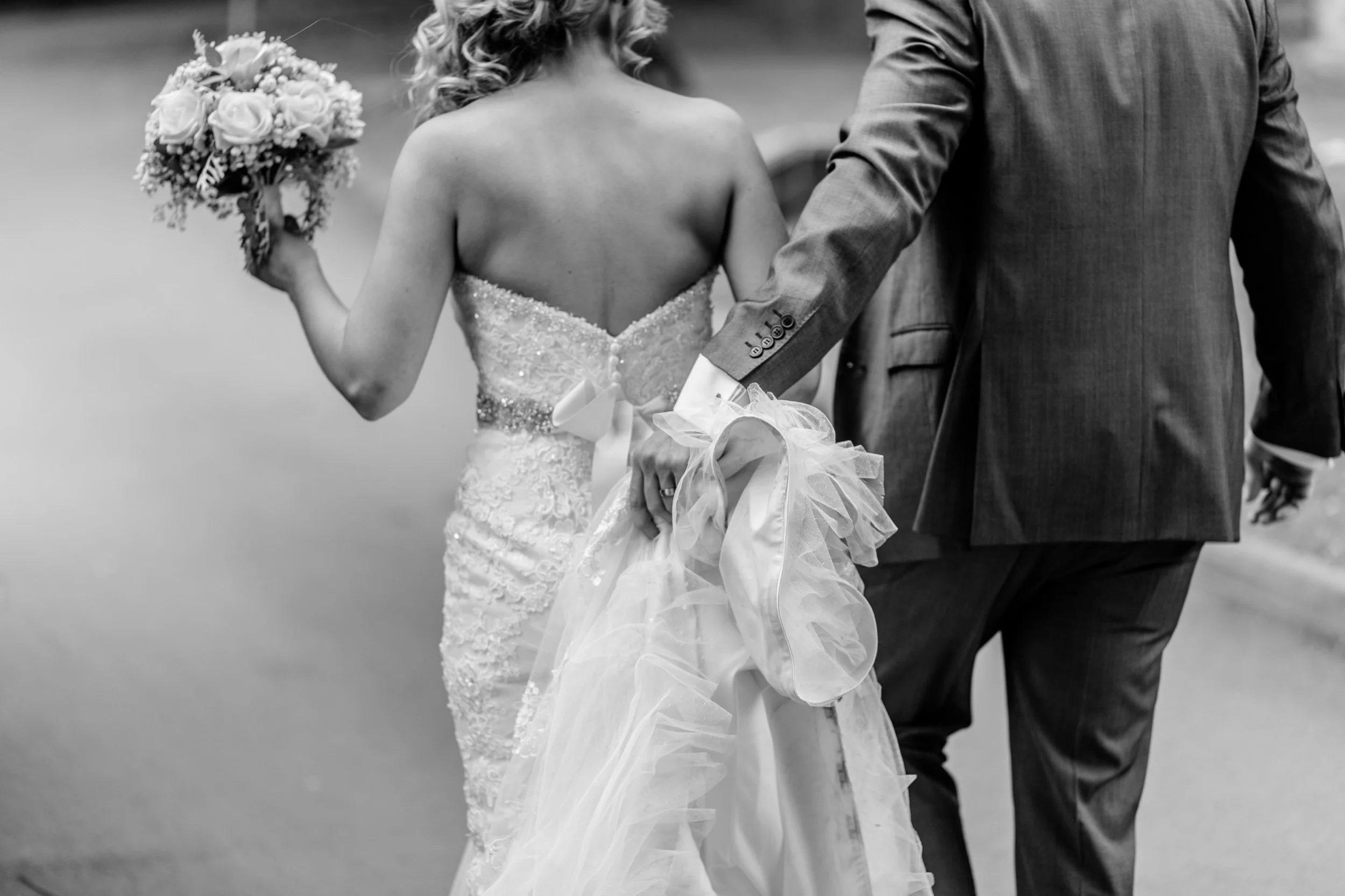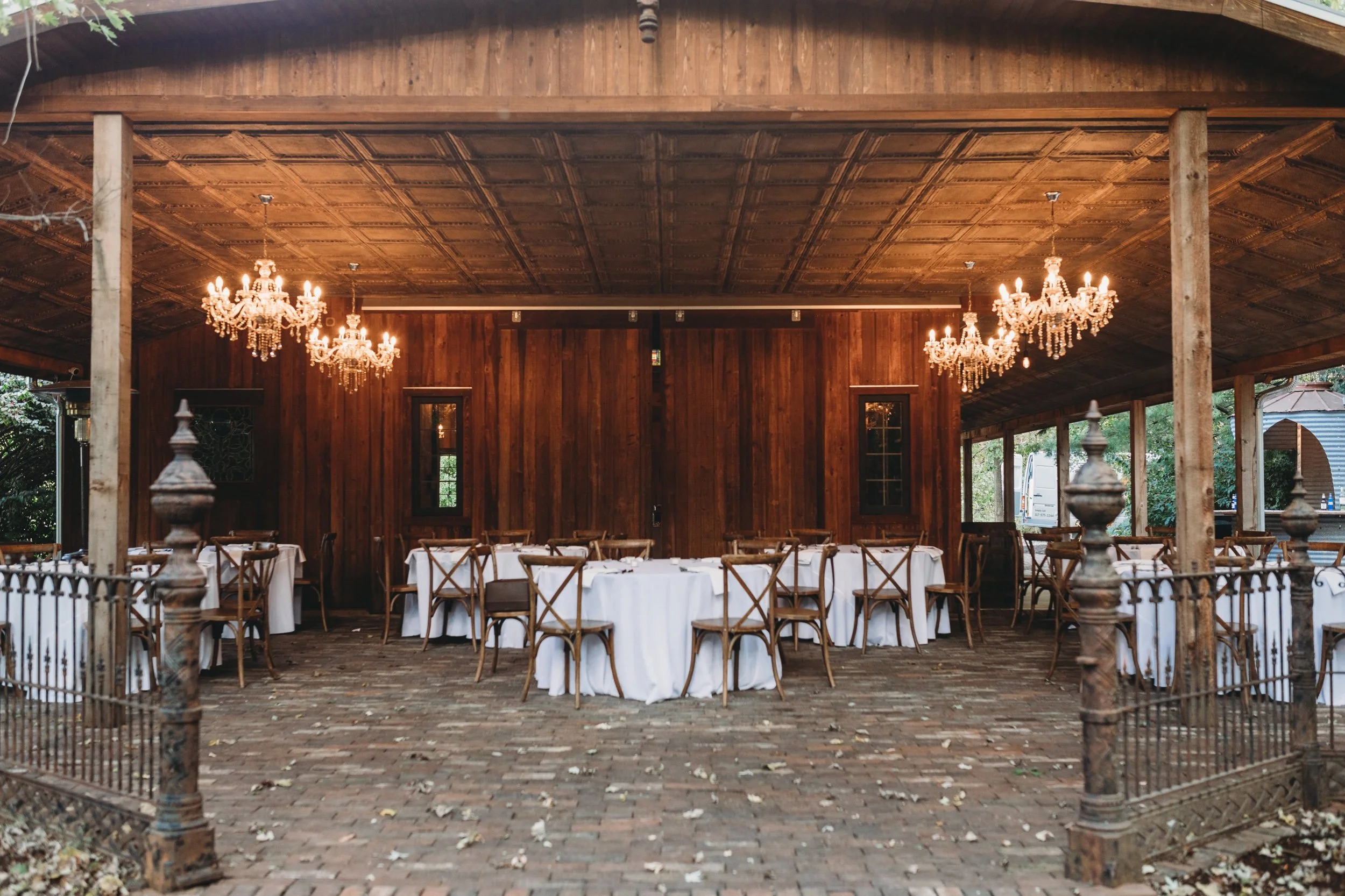A DJ could bring a GigBAR as a cheap lighting option. These have seven different lights all packed together on one stand. It’s super simple to set up and cost around $750. It may look a little cheesy with the lasers and might not be bright enough for larger situations.
On the other hand, a DJ could spend around $1500 - $3500 just for one light. Yes, there are drastically different levels of lighting. I have some lights like this. If you put your hand in front of the spotlight, even 10 feet away, you’ll feel heat. And don’t look into them, you’ll start burning your eyes.
Just because the DJ has nice lights doesn’t mean you’ll get a good light show. Both of the above options have built in light shows, but only using those limits potential. DMX lets DJ’s wirelessly control the lights themselves. For instance, if I play the song “Dancing in the Moonlight”, I can make it look like there is a moon on the ceiling. If I play “Fireball”, I can make the room red with flickering uplights to represent flames. I can place a spotlight on the dance floor during specialty dances. I can achieve a disco ball effect when starting a slow dance. The options are endless. But I must take to time to set all these options. Once I do, they become available with a click of a button.
Just recently, “Hang-on Sloopy” played during dinner. Everyone started loudly singing, “O,H,I,O” during the chorus (it’s an Ohio thing). With the click of a button, I was able to add fun lighting just while they sang each chorus. It was very impromptu, but added a lot of energy to what was happening.
Again, get a DJ who has great lights with great programming.



